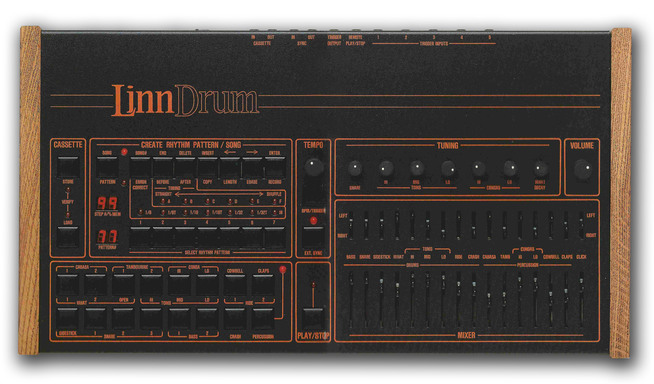
No doubt about it that synthesizers are what drives dance music this far. I mean, can you imagine if trance were to be produced on guitars and accoustic drums? And so Stoneyroads takes a look at some of our favorite vintage synths in the mini-article series that will be published per-week.
Drum machines have no souls, they said. As old as the debate goes, drum machines came into being since long, long time ago, the time of which our grandpas were still in their prime. Many have failed to make their mark, while a select few have made it known that their presence are necessary after used successfully in hits after hits.

One of those few is the LinnDrum made by the well-known instrument designer Roger Linn at his now-defunct company Linn Electronics. But let me rewind back a few years to when Roger Linn released his first drum machine and also the predecessor to LinnDrum, the LM-1. The LM-1 was revolutionary. Before, drum machines have always used internally synthesized sound. This means that prior to LM-1, usually the snare comes from a white-noise that is sculpted and filtered in one way or another. Kick comes from a pitched sine or square waves, and so on. The LM-1 was the first drum machine that uses recorded samples from real drums. This can be contrasted with the TR-808 of which all sounds that comes from it are synthesized using the aforementioned way and hence the really digital sounding drums which was considered inferior at the time. The LM-1 though, costed 4 to 5 grand a piece at the time, quite above the price range of your average daily musicians.
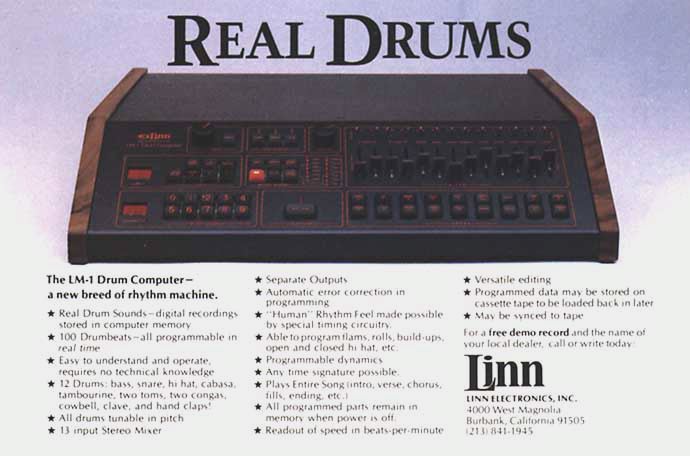
The LinnDrum is the second drum machine ever produced by Linn Electronics. Costing about half of the price of the LM-1, the LinnDrum introduces a useful step sequencer, 15 drum sounds which can be routed individually which means that each sound can be routed to different channel for individual treatment (effects, EQs, filters, etc). It is possible to input new sound to the LinnDrum by replacing its chip with another one that contains new sample set (though the default sounds are what most people are after).
The most notable feature reduction is that unlike in LM-1 where each drum sound can be tuned individually, only a select few in LinnDrum is, though the routing capabilities on the device made it possible to use external tuner / pitch shifter to do the job with arguably varying success. And in fact, people does put LinnDrum as a “cheaper” alternative if they can’t get the authentic and rare LM-1 (of which only 525 pieces ever made it to the market).
Even so, the LinnDrum sound is still widely used in the 80s especially in the italo-disco genre. Used by artist such as A-ha and Fun Fun back in the days, you can still hear the sound (albeit probably coming from an emulation or a sampled version) in today’s record such as Stephen Falken’s Cruising.
The Linn Electronics went out of business in the middle of 80s and thus no LM-1 and LinnDrum units were ever produced again, but Roger Linn stayed active in the music business, inventing the highly-successful MPC60 with Akai and very recently the Tempest drum machine in collaboration with Dave Smith. He currently is running his own company called Roger Linn Design that specializes in instruments and effects.
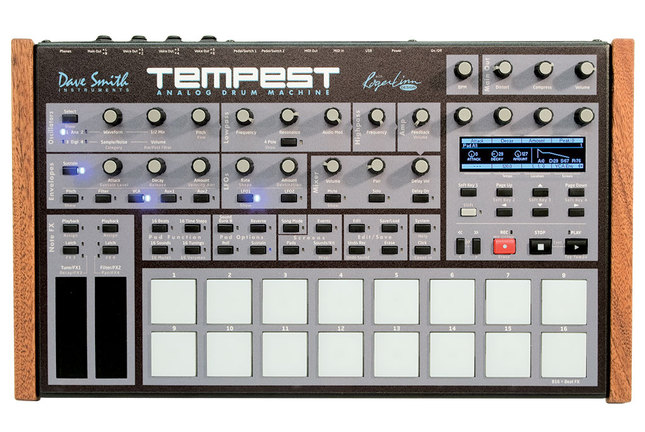 Very few units roams Ebay if you are considering getting one, with prices generally around the 1.5K mark for LinnDrum and above 7K for LM-1. But if you just want the sound then sample packs such as this and this are also the way to go.
Very few units roams Ebay if you are considering getting one, with prices generally around the 1.5K mark for LinnDrum and above 7K for LM-1. But if you just want the sound then sample packs such as this and this are also the way to go.

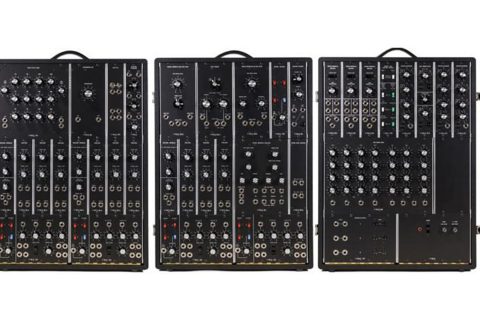

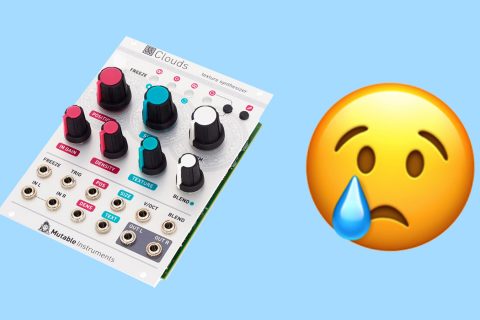
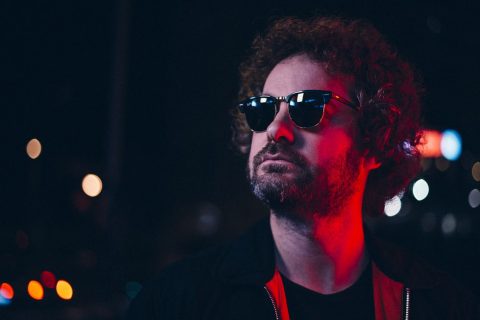
Comments